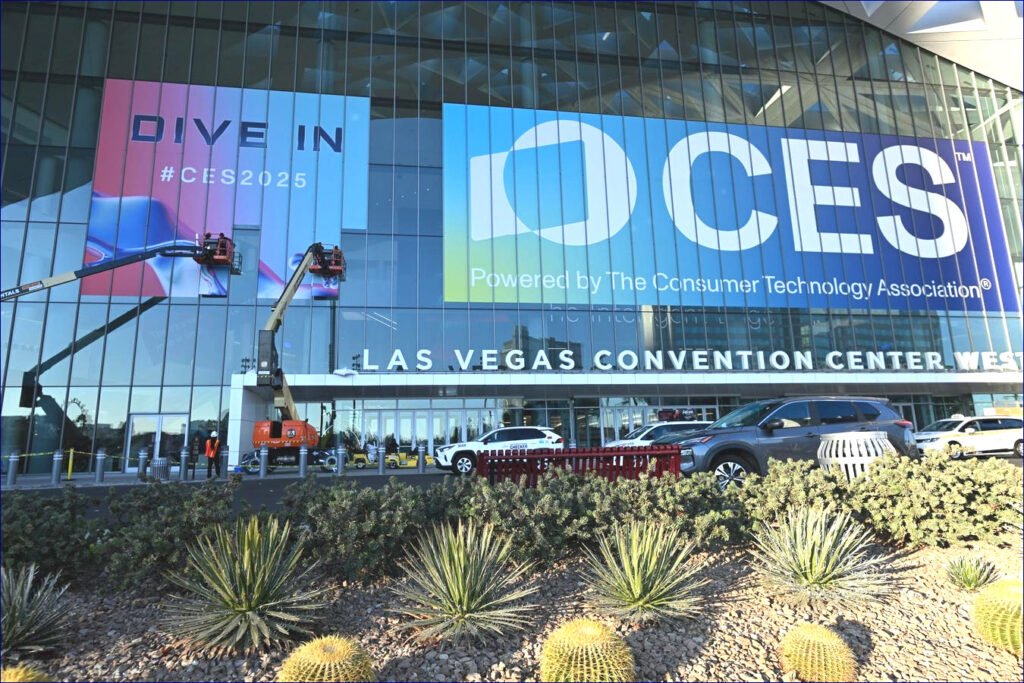LAS VEGAS, USA – JANUARY 06: As the sun set over the Convention Center, anticipation crackled in the air, hinting at the groundbreaking innovations that were about to unfold at CES 2025. This year, the spotlight shone particularly bright on the realm of physical human augmentation, where technology not only meets functionality but dares to push the boundaries of human experience itself. The atmosphere was palpable with excitement as robotics, haptic systems, and smart fitness apparatus heralded an era rich with potential—most notably showcased through the remarkable evolution of exoskeleton technologies.
CES 2025 Exoskeleton Awards
Medical Innovations: Redefining Mobility
On the forefront of medical advancements, the Canadian startup Human in Motion Robotics unveiled its astounding self-balancing walking-assist exoskeleton, the XoMotion. Distinctly innovative, this device liberates users from the constraints of crutches, allowing hands-free operation and independence—a truly transformative leap recognized as a CES 2025 Honoree in Robotics, alongside being featured in USA TODAY’s top picks.
Meanwhile, South Korea’s HUROTICS Inc. clinched the prestigious innovation award in the Accessibility & AgeTech category with the H-Medi, an aesthetically traditional yet technologically sophisticated AI-powered wearable designed to combat gait disorders. Such accolades underscore the intense dedication to enhancing life quality through robotics.
Further pushing the boundaries of accessibility, the Hong Kong Polytechnic University was lauded as a 2025 Honoree for its groundbreaking Mobile Ankle-foot Exoneuromusculoskeleton—a marvel that harmonizes soft pneumatic muscles, electrical muscle stimulation, and sensory feedback into a single, battery-driven wearable wonder.
Despite not exhibiting at the event, Wandercraft captured attention when NVIDIA CEO Jensen Huang featured its revolutionary medical exoskeleton during the opening keynote, a resounding endorsement that catapulted exoskeleton technology into the mainstream conversation.
Consumer Innovations: Merging Functionality with Adventure
In the consumer sector, Hypershell garnered accolades with its Carbon X-powered hip exoskeleton, designed specifically for hiking and athletic endeavors, earning a title of Best of Innovation in Robotics for 2025. Their penetrating success traces back to a remarkable Kickstarter campaign in 2023 that ignited a whirlwind of technological enthusiasm.
Simultaneously, WIRobotics from South Korea was recognized within the robotics category for its compact and clever WIM exoskeleton—an unobtrusive device that mimics a fanny pack, ideal for outdoor enthusiasts where unimpeded movement is crucial.
Industrial Power: Strength Meets Innovation
The industrial realm saw German Bionic elevate the stakes post an award-winning run last year, with the release of the Apogee ULTRA—heralded as the “World’s Most Powerful” mass-produced exoskeleton, capable of offering an impressive lifting support of up to 80 lbs (36 kg). Such advancements solidify the presence of exoskeleton technology as an indispensable ally in the workplace.
A Tapestry of Innovation: Exoskeletons on Display
Over ten pioneering companies and esteemed universities graced CES 2025 with their disclosures on various exoskeleton products. The Industrial Technology Research Institute of Taiwan presented two notable designs: the KneeBO, a knee joint exoskeleton poised to enhance lower-limb training and mobility, and the HipBO, a lightweight device promoting hip joint functionality, both exemplifying the potential that lies within individualized augmentation.
The evolution continues with Cosmo Robotics—known previously as ExoAtlet—alongside ULS Robotics and OYMotion Technologies participating in this transformative showcase.
This year, the grand tapestry of advancements resulted in the most extensive selection of exoskeleton products to date, with exo devices sweeping an impressive 1% of all awards presented. This trajectory marks not merely a technological flourish but a profound maturation of the field, poised to revolutionize the lives of workers, those with mobility impairments, and the elderly, thereby shaping a future where technology and humanity converge harmoniously.

